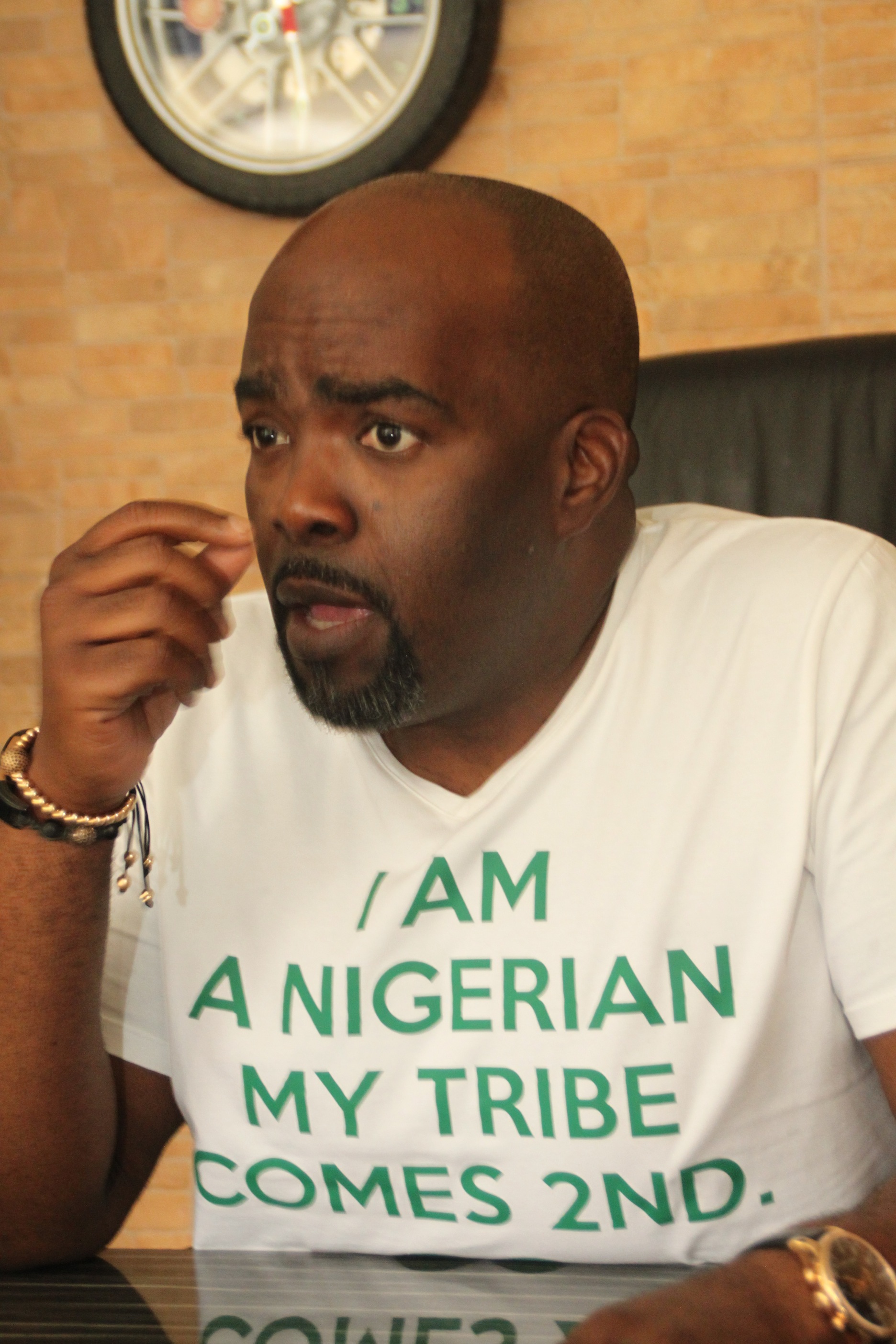Beyond description and narration of an event, reports are said to be a formal account of an event, experience, a statement about situations or actions which is meant to give a reliable and accurate piece of information about its subjects or the event it covers.
However, a report can range from minutes writing, storytelling, literature review, summarization, a communique, data analysis and the cause of an event. Reports are often requested by firms, companies, government sectors, head of a community and whatnot for decision making. This treatise, therefore, discusses the categories, types, structures and qualities and of reports.
There are different types of reports, and they are classified in types according to their subject matters and forms. On the one hand, reports according to subject maters are the common types of reports such as Eye-witness reports which are written on account of any event or experience.
The event or experience of such reports range from riot, cases of accidents, thefts, labour unrest, armed robbery, squabbles to mention a few. These reports are often presented in a narrative and chronological order. Also, work reports, unlike Eye-witness reports that are based on event, are written at intervals in line with the activities and condition of an establishment.
The interval of such reports is specified by the organization which could be weekly, monthly, quarterly or annually. Another type of report is progress reports. These reports give detailed information on the progress of the on-going task and/or done task in an establishment which could be tasks undertaken during the past week, month, quarter or year. Progress reports mainly account for the progress made; the continuing efforts being made; the projects completed and the problems encountered.
They are often comprehensive and up-to-date. Thus, these reports, like work reports, are articulated at interval. Investigation reports is carried out based on request from an individual or group of people to present any matter or issue confronting an establishment.
This type of reports is usually narrow down by giving guidelines to the individual or people giving the report and such reports often request one or all of the cause, effects and/or solution to an uproar or unrest in an establishment. On the other hand, reports according to form are schematic form and letter form.
Schematic Form of report are reports that presented in sections and subsections. These reports have headings and sub-headings along with numbers; they break ideas down to be readable for the readers. The kind of report that fall in this category are wedding’s report, examination’s report and so on. In addition, a report can also be presented in a letter form. These reports are used to present a subject matter in a single point of view. The letter form of a report is usually an official letter in outlay such as police report, accident report and so on.
Without much foment, a report will have the following structure: title, acknowledgements, table of contents, executive summary, introduction/terms of reference, procedure/methodology, findings, conclusions, recommendations, reference/bibliography and appendices. The title is obligatory in reports that present the subject matter of the report. It contains the title of the report and the name(s) of the author(s), the report(s) reference number and date and the name of the person or organization that is receiving the report.
For example: A Fieldwork Report on the Cause of Interference among Learners in Nigeria Schools.
Note that the initial letters of content words in a report should be capitalized and it does not attract a period or any other punctuation mark. Acknowledgements is often found in investigation reports. In this section, the writer(s) express their gratitude to those who have contributed and helped him during the course of the work in one way or the other. It mentions those whose earlier works have facilitated the writing of the report, and others who have made the effort of the report writing possible.
The section on table of contents provides a list of sections, subsections and page numbers. Also, the executive summary presents a brief account of the overall purpose of the report, and as a result it preceded by the table of contents. It is usually the last thing written because it clarifies the purpose, methodology, findings, main conclusions and recommendations of the report.
The terms of reference, unlike executive summary, briefly state the purpose and scope of the report. The introduction provides the background information, its purpose, and the scope to the report. Methodology is concerned with how data is collected for the investigation.
Data can be collected through interviews, questionnaires, tests, experiments and careful observations. For the findings, this segment of the report should be systematically presented authentic discoveries made during the course of the investigation. All the materials collected are interpreted and analyzed in the findings section. In this section, biased or personal interpretation of data or situation should be avoided by the writer(s). The writer(s) should avoid objectivity in the presentation of findings.
The next section after finding is conclusion. Conclusion should be in tandem with findings in good reports. The section on recommendation presents the writer(s) sense of action to be taken, as suggested on the basis of the conclusions drawn from the findings. Recommendations are often numbered or presented in bullets for clarity.
The references are a list of the sources that are used in and referred to in the report. Afterwards, the appendices are additional relevant information, which should help the writers arrive at their findings. These consist of interview questions, surveys, glossaries, et cetera.
Finally, note that a report may have conciseness, clarity, competence, accuracy, objectivity, appropriateness in language use to mention a few. This usually depends on the researcher because in achieving those qualities, the researcher must be knowledgeable, imaginative, creative and experienced. As systematic as the process and procedure of investigation entails so as ‘Report Writing’. However, its complexity brings this treatise to an appreciable extent to make report writing less taxing.















